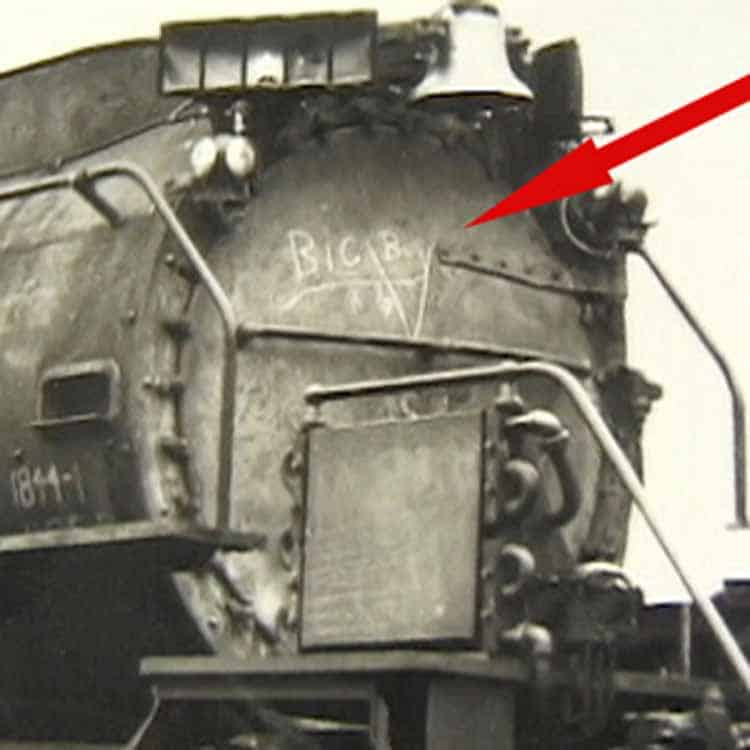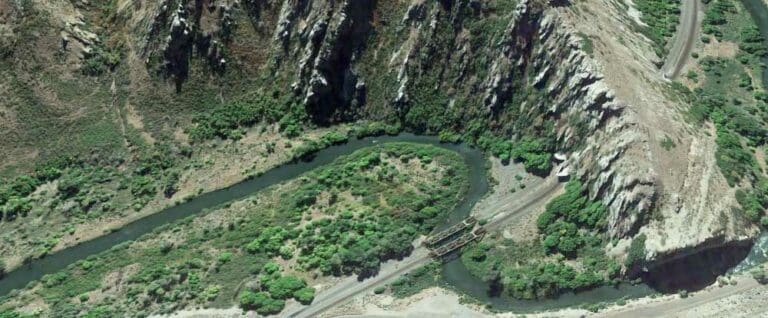Every Union Pacific Big Boy Ever Built, in Photos
Many consider the Union Pacific Big Boy to be the climax of steam locomotive design. There were only 25 built, but the 4-8-8-4 steam beasts made headlines thanks to their incredible size and power. Considering only 25 were built, finding photographs of each and every one is not easy. But we did it. Read on for a rundown, with photos, of each Big Boy built.
Union Pacific 4000, The Prototype
The United States has extraordinarily diverse geography: from the vast flatland prairies of the Midwest; the foreboding and dangerous deserts of the Southwest to the majestic brutality of the mountains found both East and West. These obstacles have always presented a challenge for America’s railroads.

Steam locomotives running through the Kansas prairie pulled their tons, whether freight or passenger, with relative ease. Not so the steam locomotives that had to go up and over the mountains. The tallest peaks on the continent are the Rocky Mountains, the continental divide.
Union Pacific had to conquer those mountains, and the two stretches of railroad that caused the most trouble were Sherman Hill, in Wyoming, and Utah’s Wasatch Range.
The Big Boy locomotive was designed for just these miles, the class was purpose-built to conquer the Wasatch Range. In fact, the name management gave to this new series of steam locomotives, was the Wasatch type. It was #4000 which changed that.
4000: The OG Big Boy
Union Pacific designed its own locomotives, but unlike some railroads of the time did not build them. For the Big Boy series that job went to the American Locomotive Company (ALCo) in Schenectady, New York. Future Big Boys were in good hands; ALCo and predecessors had been building steam locomotives since 1901.
As the first of the Big Boys was being built at the ALCo plant an unknown worker, marveling at the size of the beast, scrawled in chalk on the smokebox door, “Big Boy”. And the rest is history.

The Big Boy design, a 4-8-8-4 wheel arrangement, was based on the previous Union Pacific Challenger series, which has a 4-6-6-4 wheel arrangement. The Challenger had been designed to conquer the same stretch of railroad, but as trains got longer and heavier, it was no longer up to the job.
But it was close, and so Otto Jabelmann, head of UP’s Research and Mechanical Department, just up-sized the Challenger. The idea clearly worked.
Union Pacific’s 25 Big Boys were built in two groups. Numbers 4000 through 4019 were built in 1941. The last of this group was finished just after the bombing of Pearl Harbor. Thereafter all locomotive purchases, for any railroad, were authorized and approved by the War Production Board. In 1944, at the request of Union Pacific, The WPB authorized five more Big Boys, numbers 4020 through 4024.

4001:
Each Big Boy cost the Union Pacific $265,000. That’s roughly 4.5 million dollars today. If a Big Boy could even be built today. The ALCo plant in Schenectady is long since shuttered and the technology needed is no longer available together in one shop.

Big Boy 4001 joined the fleet of Big Boys, other Union Pacific steam locomotives and the newly appearing diesels, in doing the work that came with the nation’s role as the Arsenal of Democracy.
Steel from the east was needed for the aircraft factories of California. Other goods went East and troop trains went in both directions.
More trains and longer and heavier trains were needed during the war years. Record amounts of traffic went over Sherman Hill and the Wasatch Range. Each of the first class of Big Boys ran over 1-million miles before being retired.

4002: Advertising Star
Big Boys were a big deal, in the public’s mind thanks to Union Pacific’s public relations, and in the railroad industry. After all, not only were these some of the biggest machine built to play the rails, but they were also some of the most advanced.

4003: Last “Serviceable” Big Boy

4004: Holliday Park, Cheyenne, WY
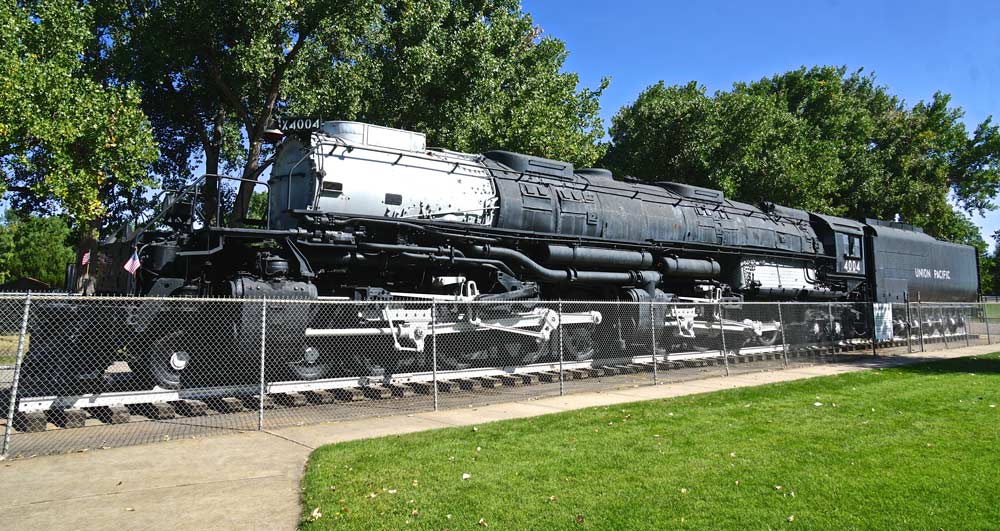
4005: Forney Transportation Museum, Denver
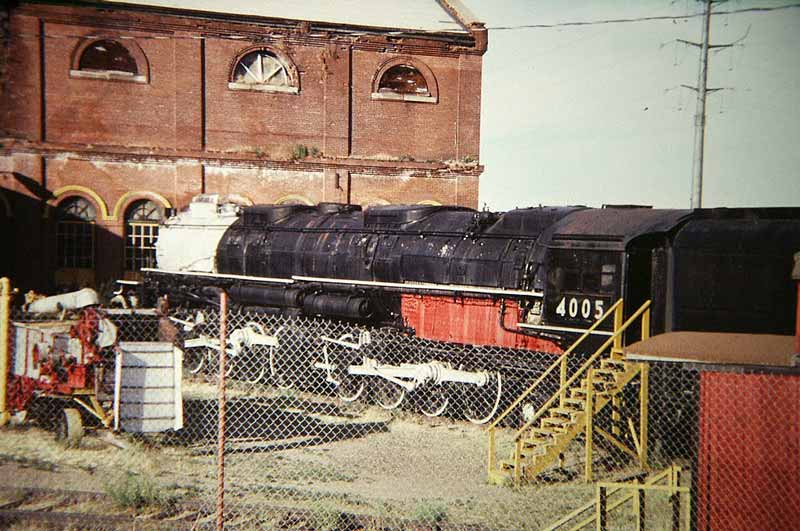
4006: National Museum of Transportation, St. Louis
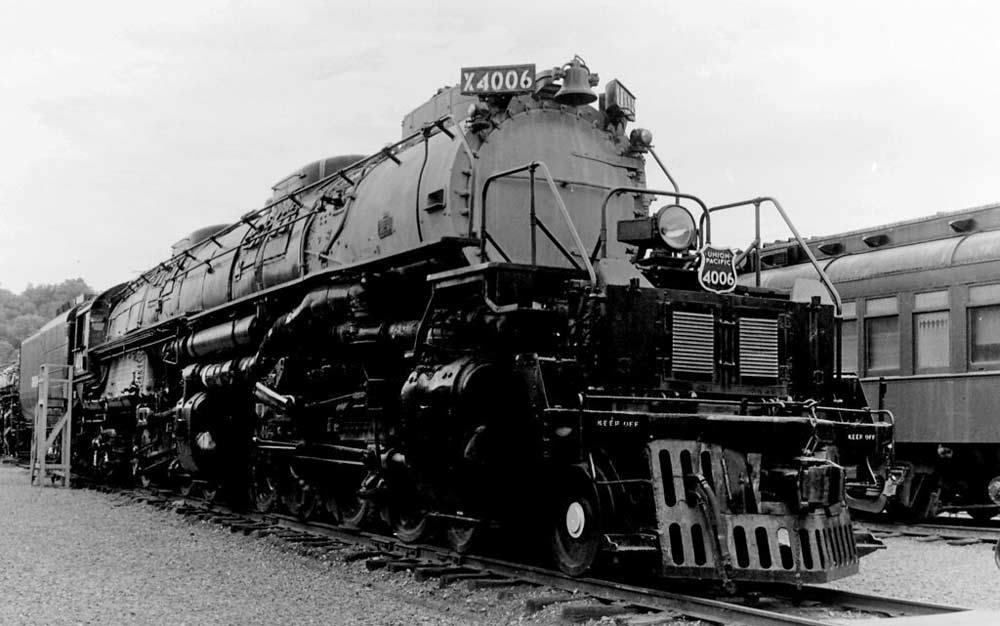
4007:

4008:

4009:

4010:

4011: Last One Scrapped

4012: Steamtown National Historic Site, Scranton, PA
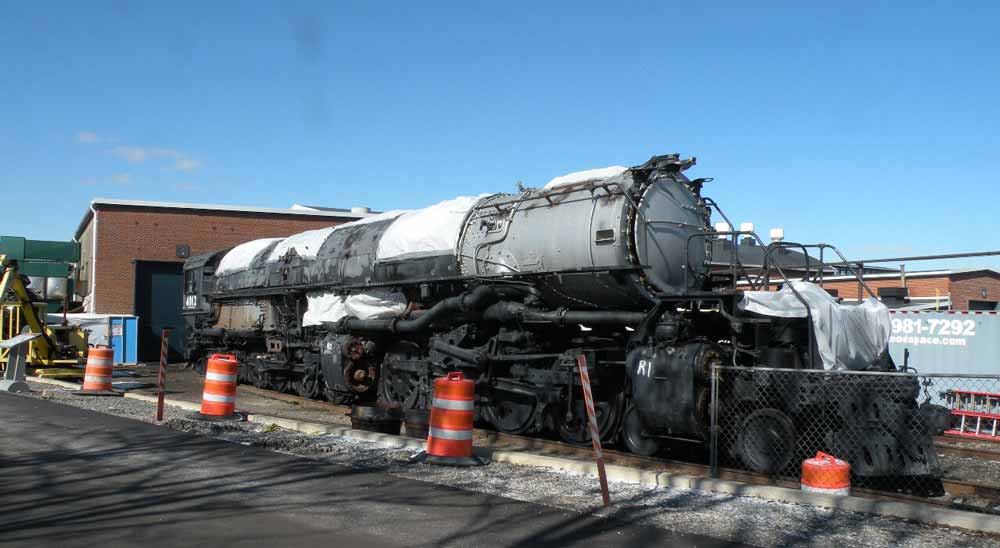
4013: Last Revenue Run. July 21, 1959

4014: UP Steam Shops, Cheyenne, WY

4015: Last to Run, First Scrapped

4016: Bested the Diesels

4017: National Railroad Museum, Green Bay, WI
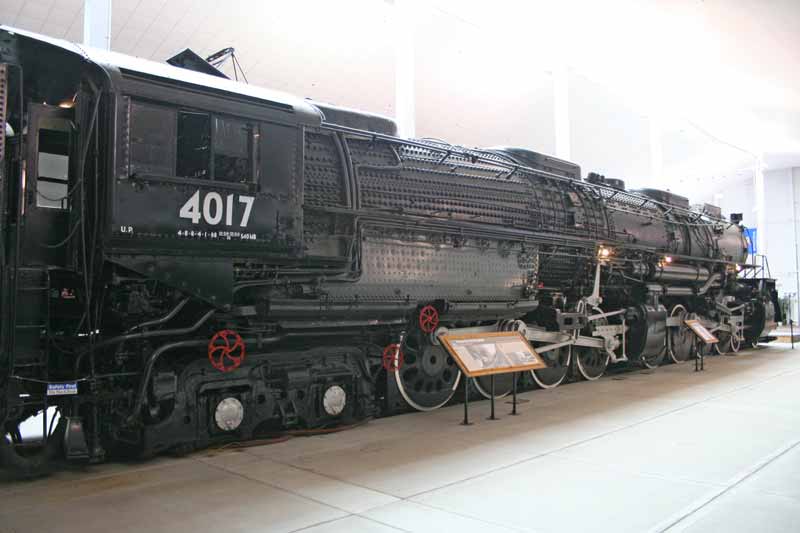
4018: Museum of the American Railroad, Frisco, TX
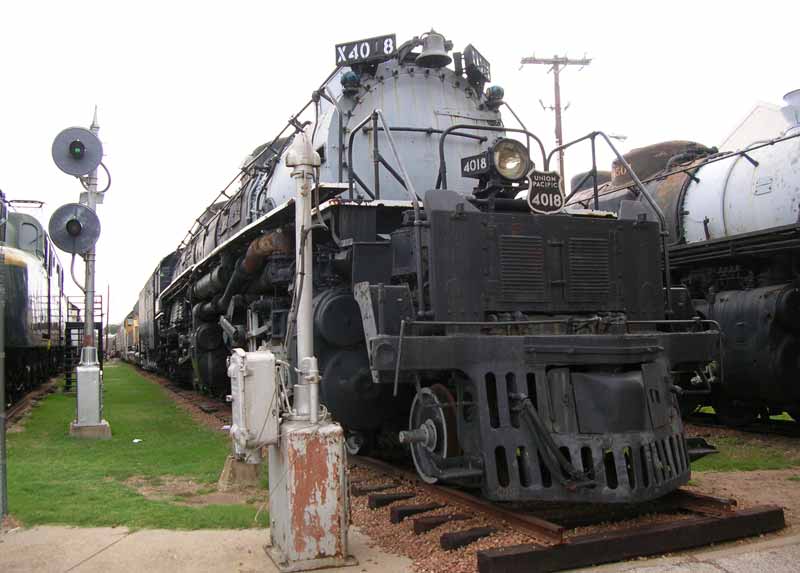
4019: Wore “Elephant Ears”

4020: First of the 1944 Class

4021: Mileage Champ of 1944 Graduates

4022: Stored as “Serviceable” in 1958

4023: Lauritzen Gardens, Omaha, NE
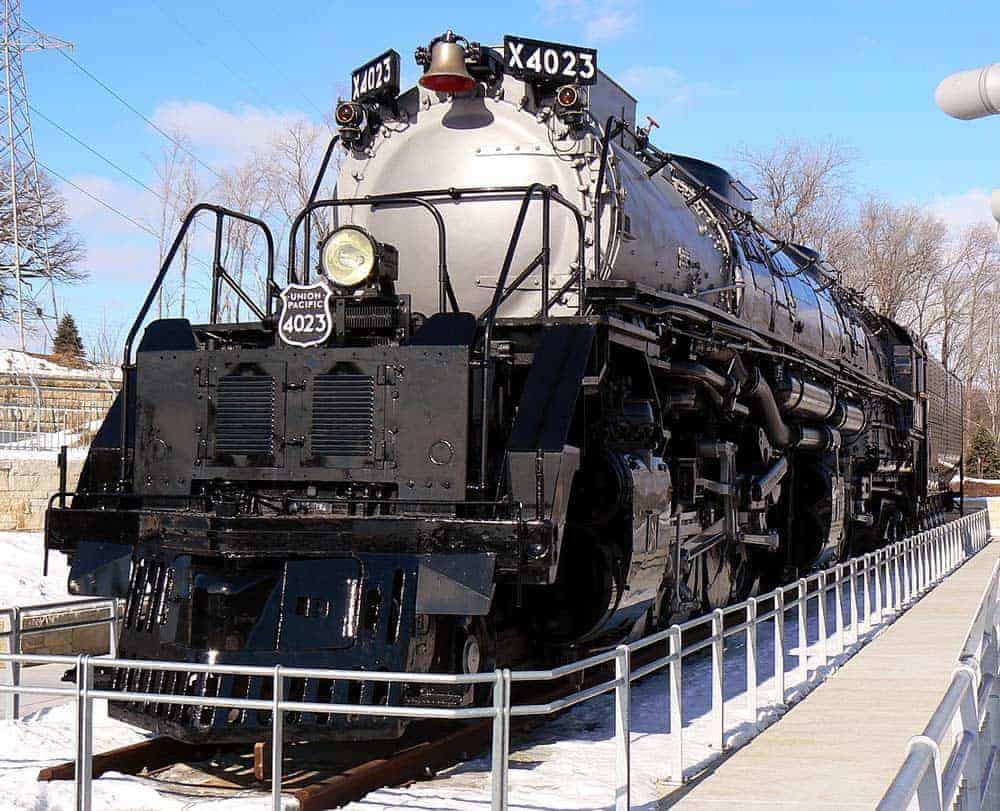
4024: 1948 Railroad Fair Star


Railfan and model railroader. Writer and consumer of railroad news and information.




